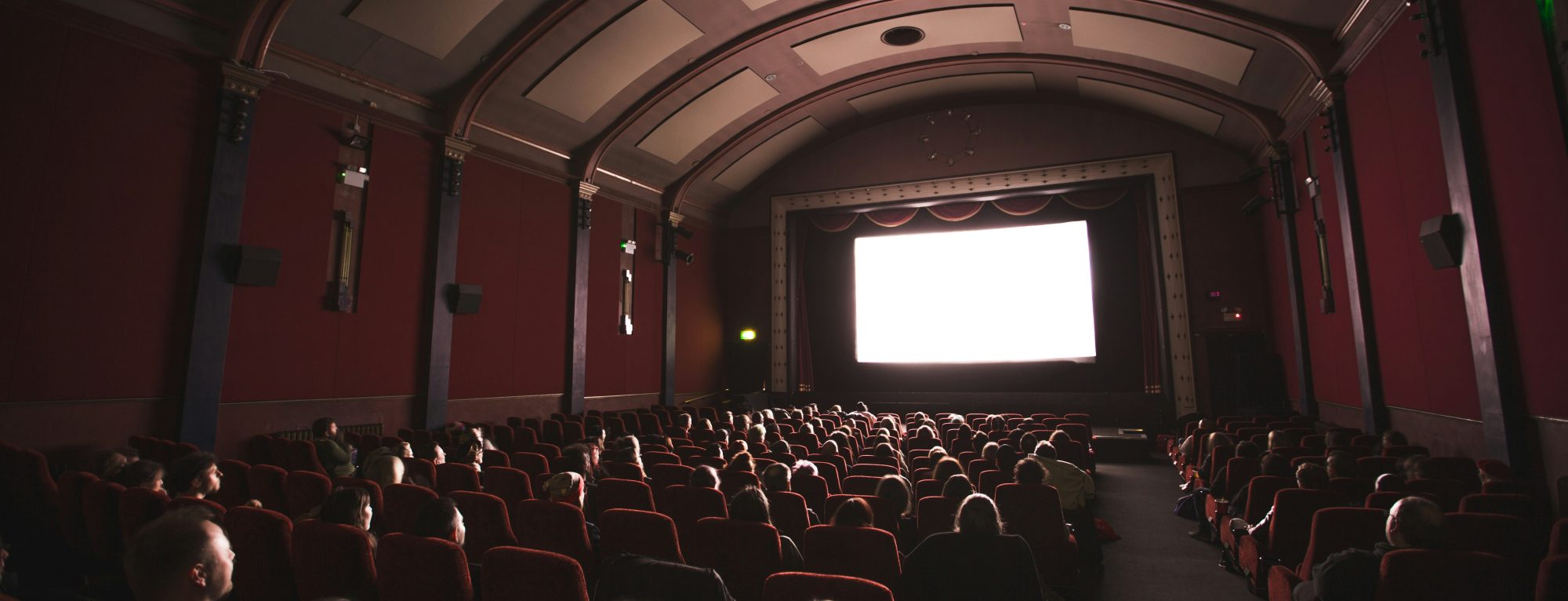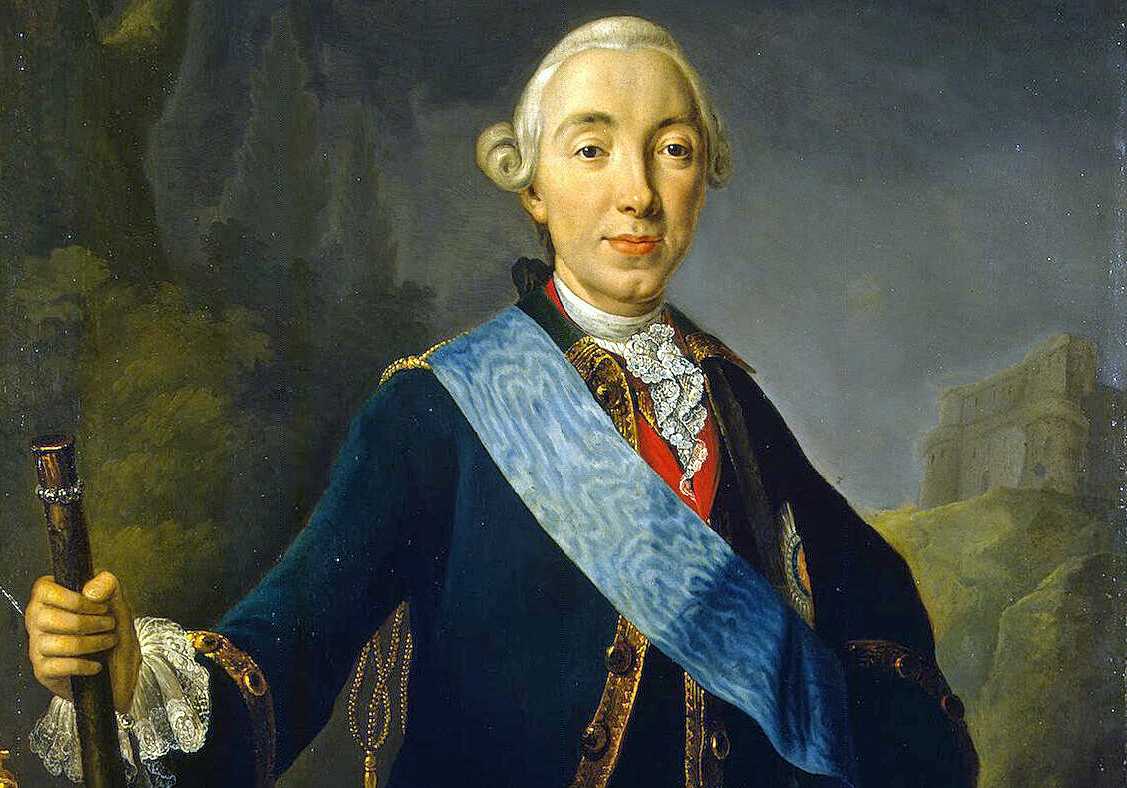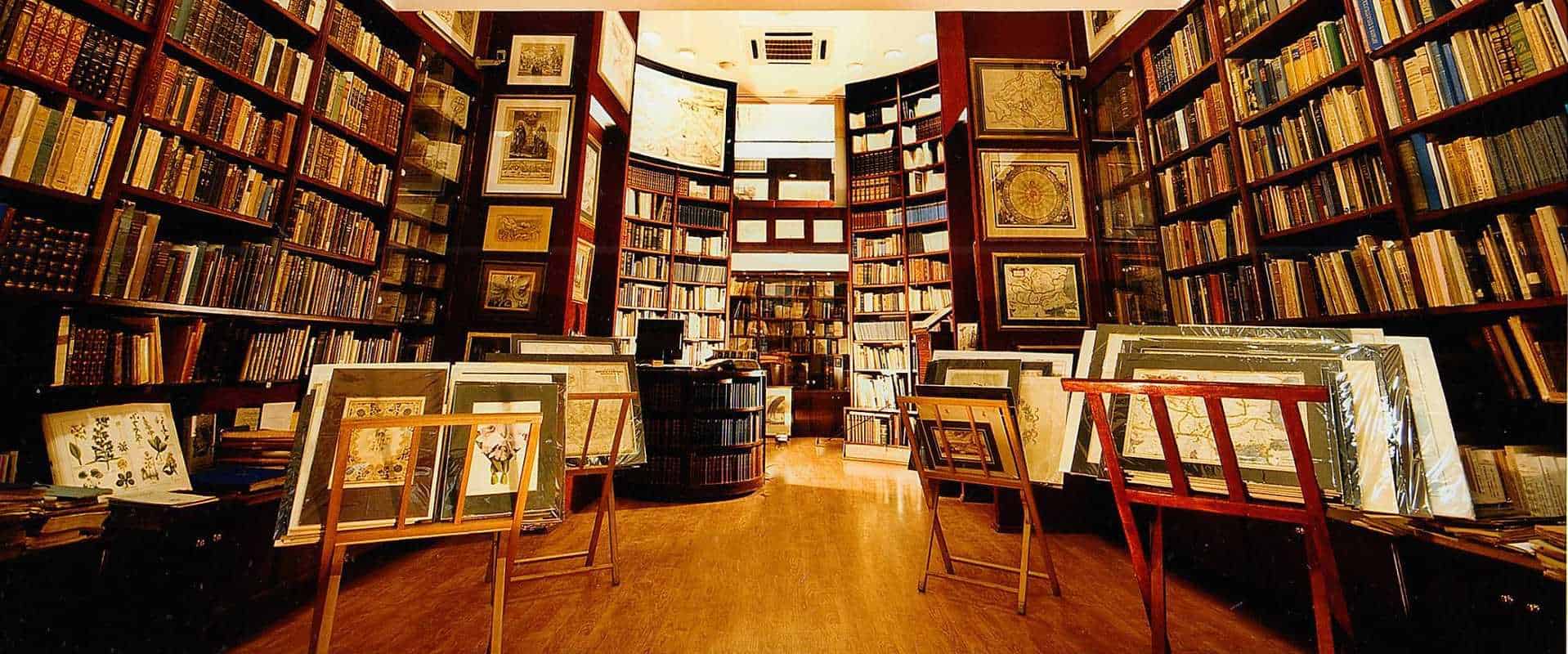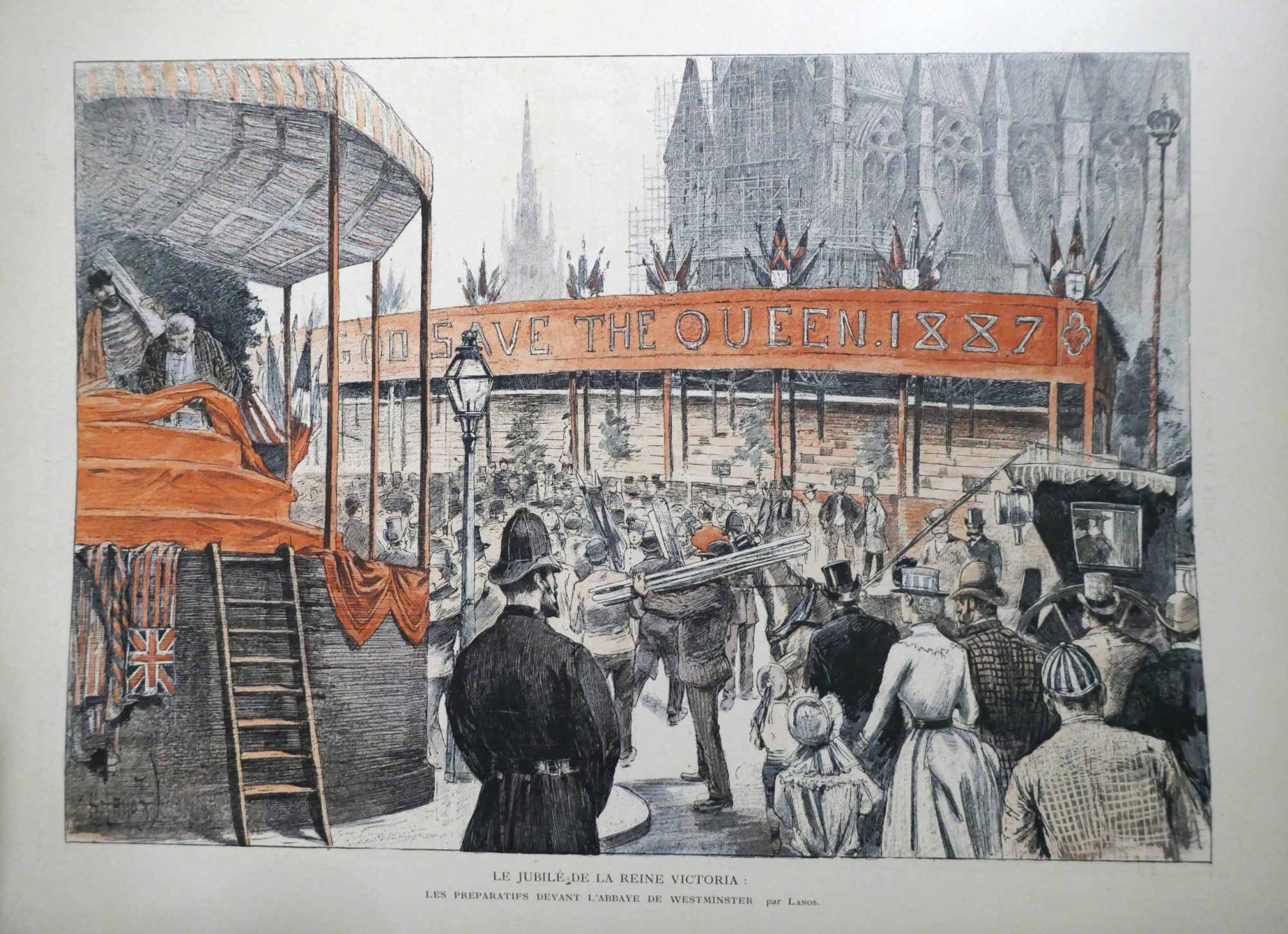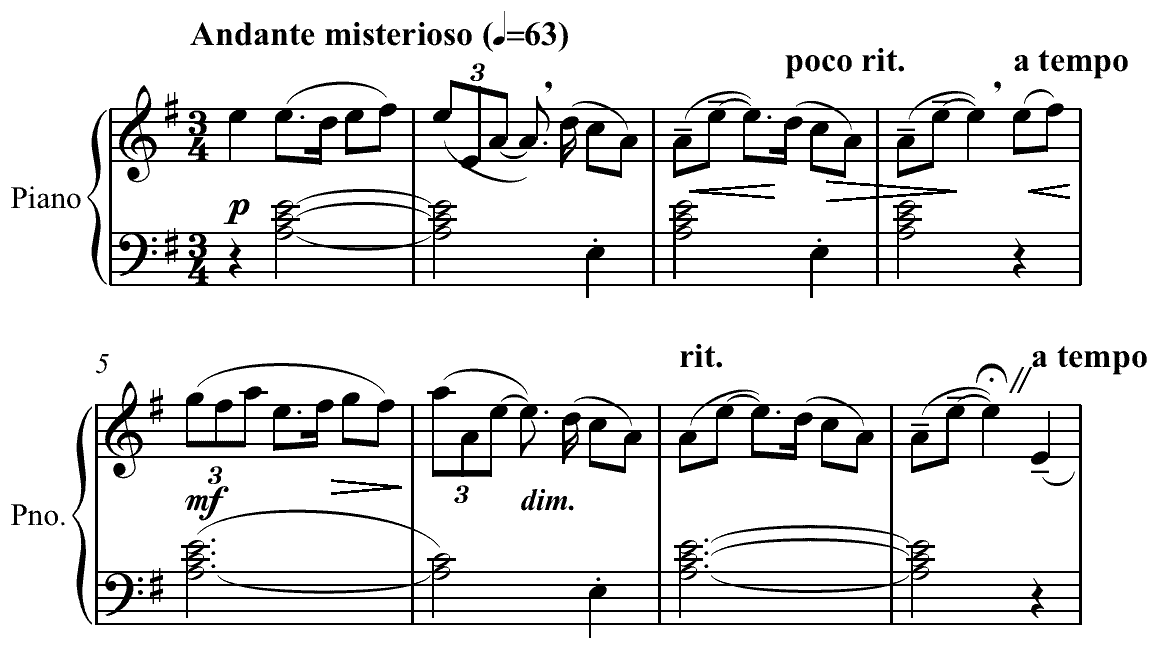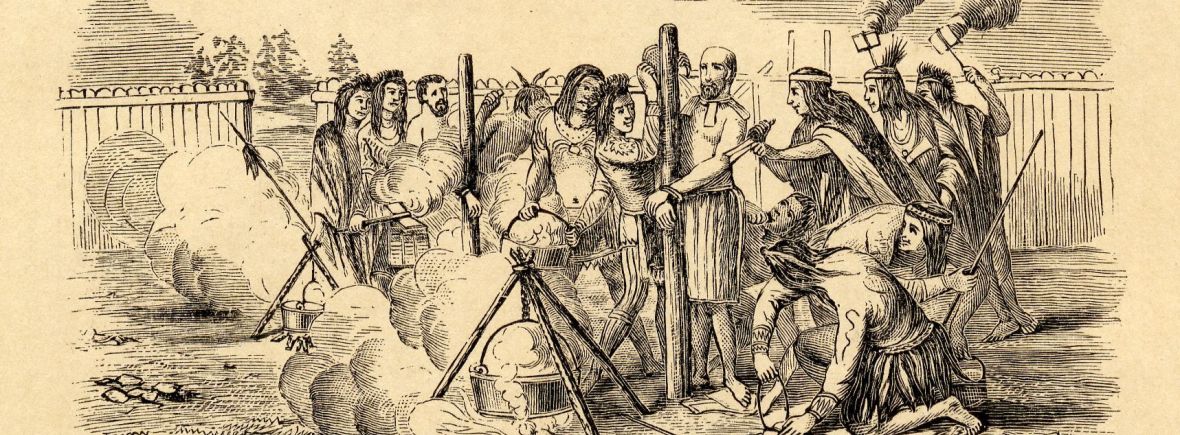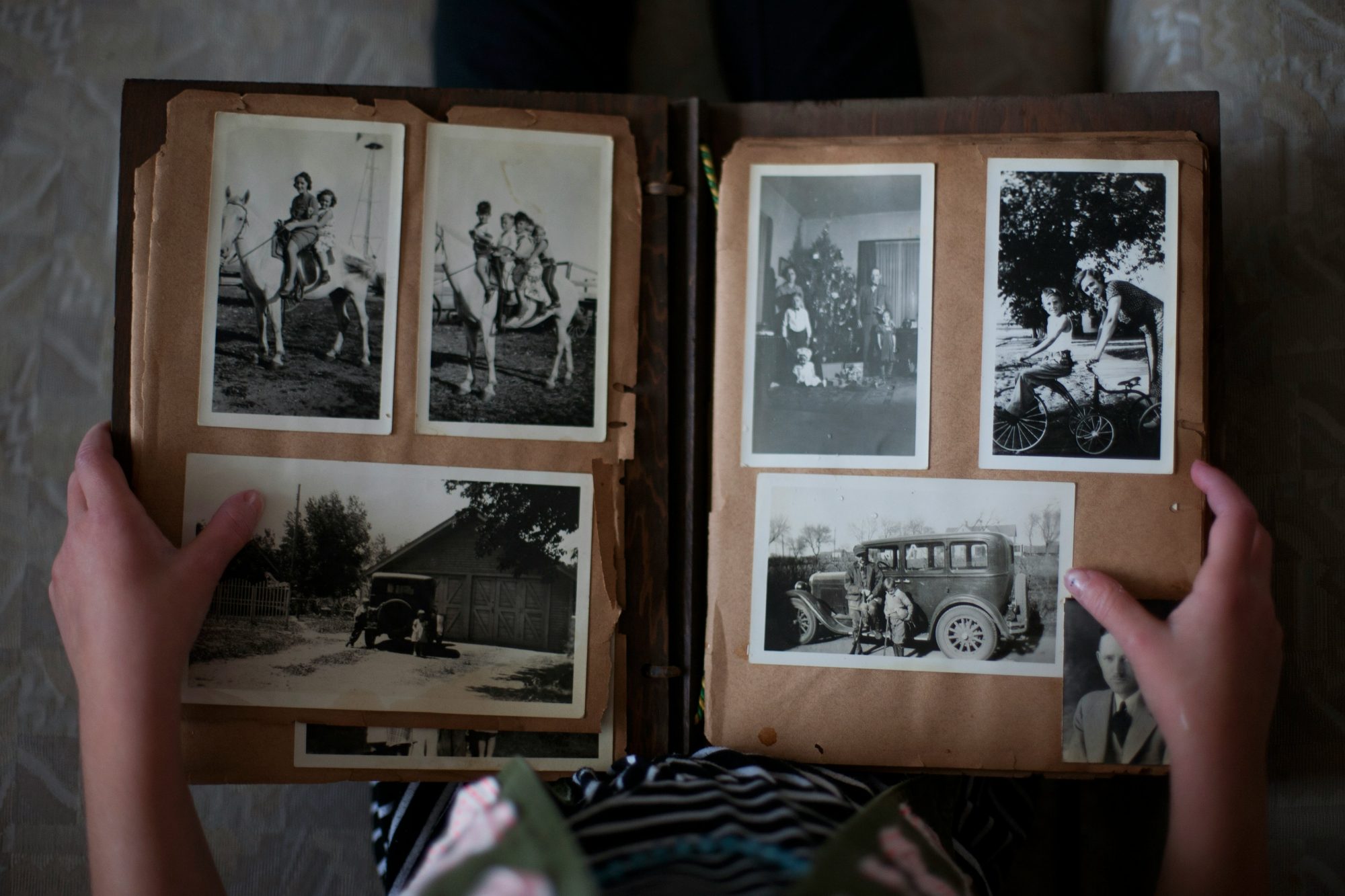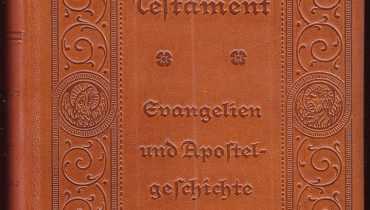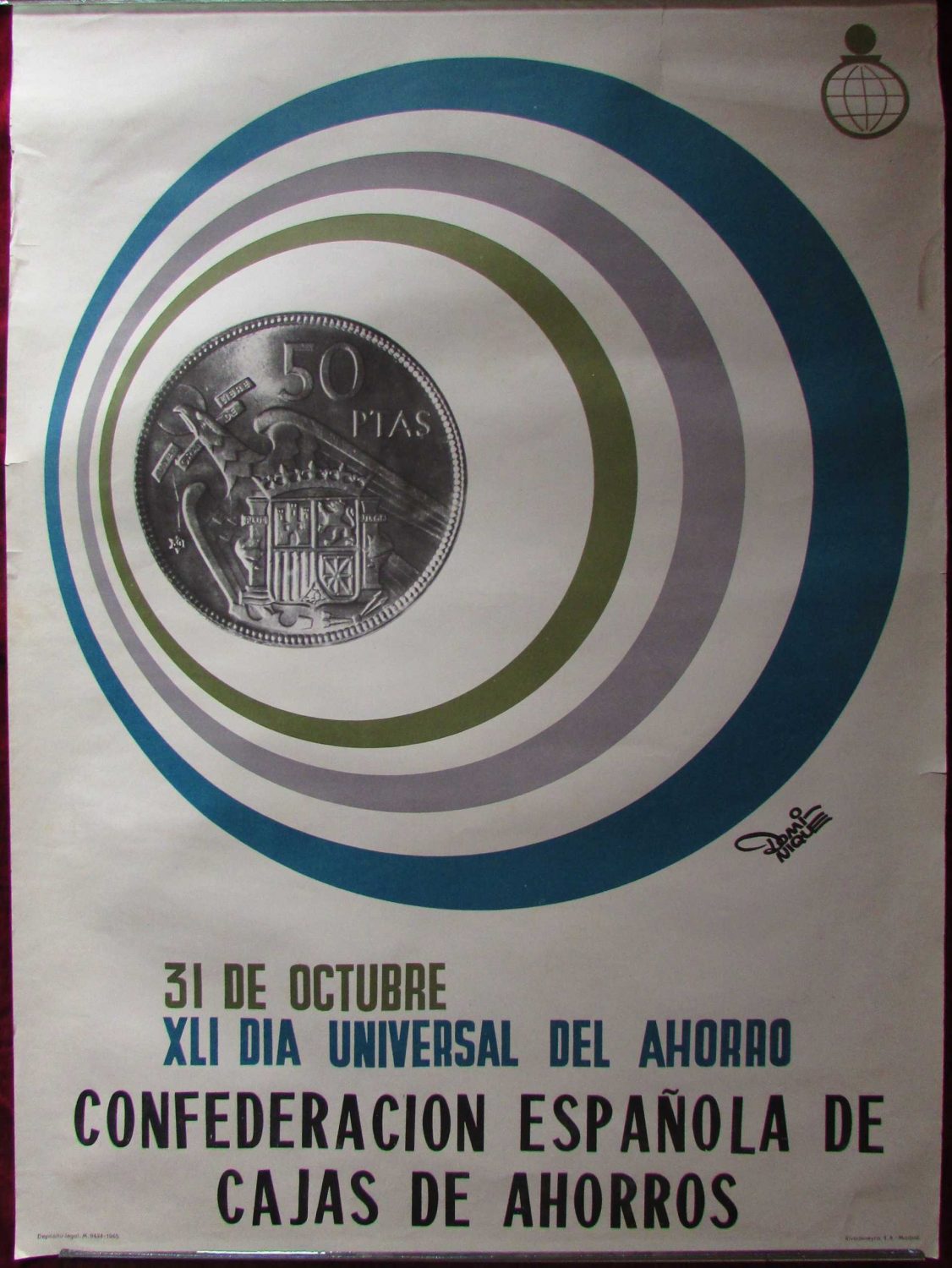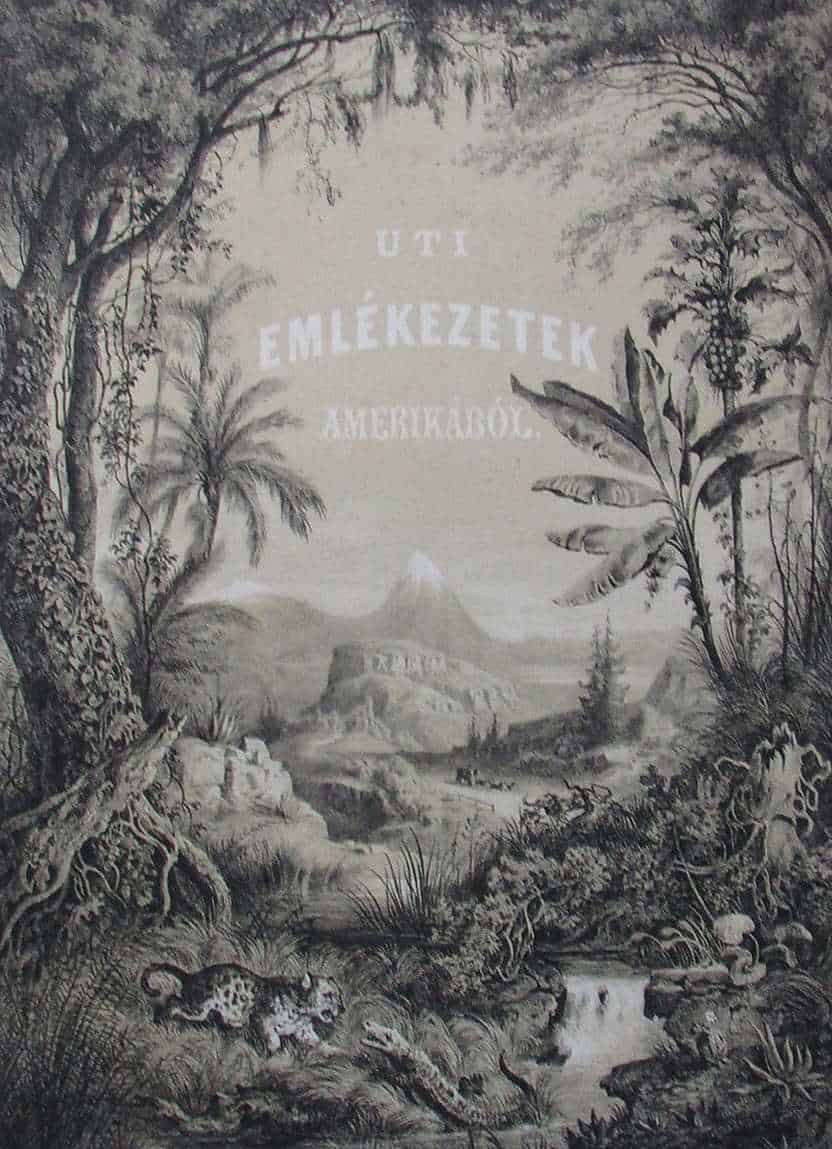
Blog
The Forbidden Books

The Forbidden Books
As a natural course of events, after the beginning of mass printing and the Gutenberg revolution, a need to regulate the contents of the books arose. Even though the percentage of literate populace at the time was very low, ideas were dangerous nonetheless. Some form of censorship was always present in human society, and now we are going to talk about one of the first documented forms.

More on the Sacred Congregation of the Inquisition in our articles to follow.
Even in the most democratic societies you cannot practice ideologies that are antidemocratic in its core. Today, maybe more than ever, censorship is a common topic in Social Science studies. Despite its bad reputation, censure also has a constructive role in maintaining order throughout societies.
What is the better example of censorship than the one that various religious groups practiced throughout history- and what better religious group than the Catholic Church?

Two editions (1704 and 1821) of the most infamous index of all times.
We can talk about censorship in the Catholic Church since the establishing of the Christian canon, especially the Biblical canon. This is obvious since some gospels made it to the New Testament, and the others did not. The need of establishing the written form of books that are prohibited by the Catholic Church was, in my opinion, a result of two factors: the spread of Protestantism and the “Gutenberg revolution”, which made the process of printing any sort of books much easier (and thus much harder to control). The need to institutionalize the censure became an increasingly relevant question.
Index of Forbidden Books
In 1559, the first Index Librorum Prohibitorum was published by the order of the Pope Paul IV. The purpose of the “Index of Forbidden Books” was to prevent the contamination of the faith or the corruption of morals of Roman Catholics according to canon law, through the reading of theologically erroneous or immoral books. Canon law, lasting in effect until 1966, prescribed two main types of censorship:
- Pre publication censorship of books by the Roman Catholics in regard to matters of faith and morals;
- The condemnation of published books, thus listed in the Index Librorum Prohibitorum.

First page of the 1821.edition of the Index
Critics of the Church
Initially, the Index presented a list of books that could harm the morals of Catholic believers. However, it grew to include authors who opposed the Church in some way or scientific works that contradicted its worldview. A good example of the prior would be History of the Kingdom of Naples by Pietro Giannone. He was the first to systematically deal with the question of Church and State. And probably most famous of the latter would be the works of Galileo Galilei.
Nevertheless, this was not always the case. For example, St. Thomas Aquinas is not in the Index even though he pushed for the division of church and state. Other prominent figures in the Index are: Blaise Pascal, Rene Descartes, Baruch de Spinosa, Montesquieu, Giacomo Casanova, Honore de Balsac, Jean-Paul Sartre, Emille Zola and many others.

To the left – Pietro Giannone’s History of the Kingdom of Naples. To the right – a page of the 1707 edition of the Index Librorum Prohibitorum showing the author’s name and his work.
There were a total of 19 editions of the Index Librorum Prohibitorum, with the last published in 1948. Each edition revised the list, removing and adding new books. For example, Catholic universities around the world now regularly reference in their teachings some of the scientific works previously listed (like those on cosmology). In 1966 the Index Librorum Prohibitorum was suppressed, mostly leaving its content for the historians to study.
Душан Димитриев
Dušan Dimitriev
Photo of Opere Postume di Pietro Giannone in Difesa della Sua Storia Civile del Regno di Napoli from listing on ebay store Sigedon Books and Antiques.

